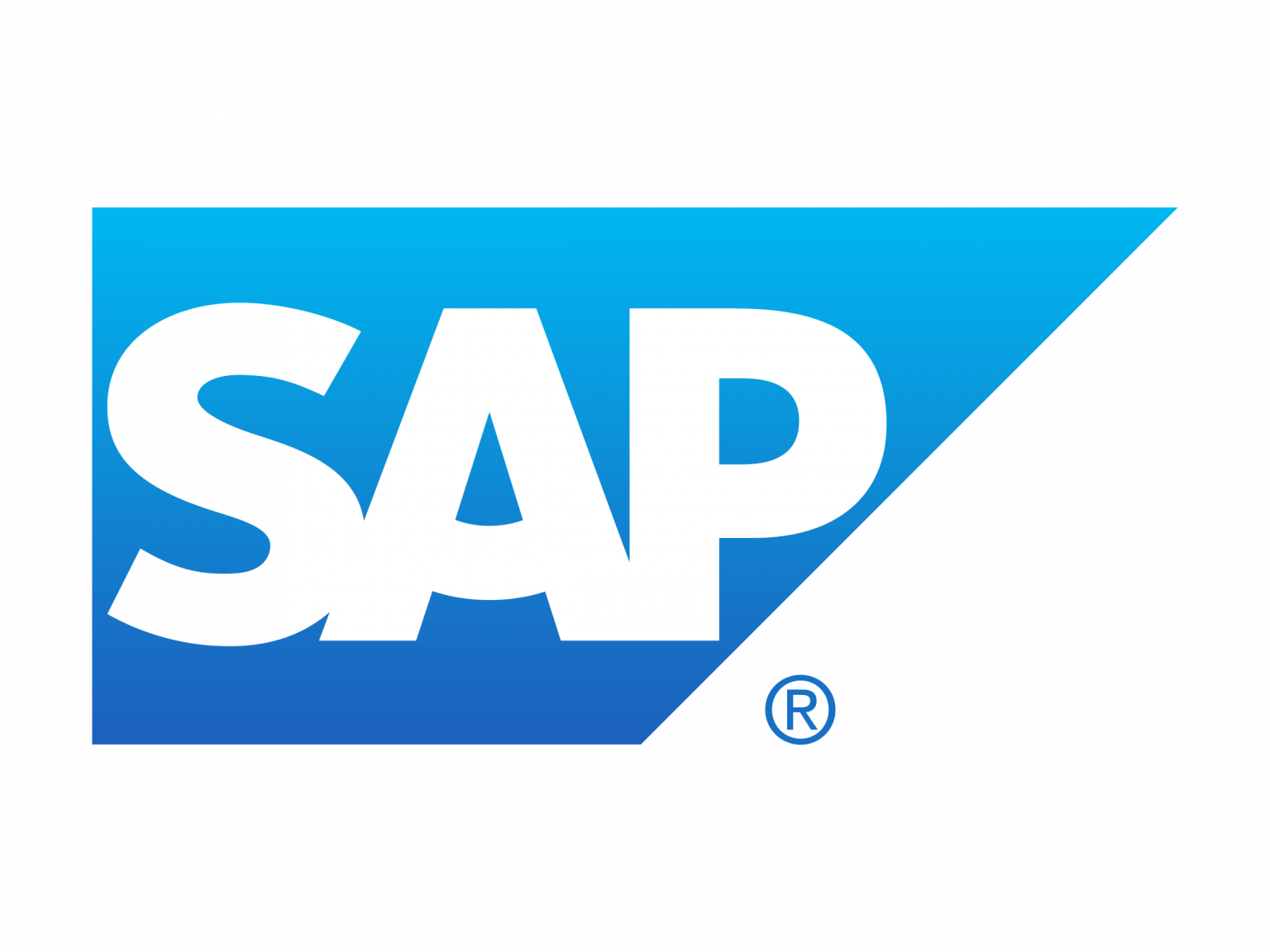Powerful APIs and secure interfaces, but microservices need expansion.
Summing it up

Evaluation of Salesforce on the basis of the international peer review.
For functionality beyond standard integrations, additional coding is required. All customizations must be done in collaboration with existing features e.g. those delivered by salesforce.
The Salesforce Solution is not based on a modular system/microservices. It’s a monolith that is making an effort to modernize its offerings—which doesn’t change the origins and nature of its core architecture.
With Salesforce, pre-configured API connections to 3rd party apps (e.g. ERP systems, inventory systems, accounting systems etc.) are not available. Due to their acquisition of the API platform Mulesoft and their very own tech infrastructure, Salesforce offers several APIs. Most are REST standard.
Salesforce offers a cloud-native solution. It mainly uses AWS and offers a very solid infrastructure. Updates can be done seamlessly for end-users, although there can be issues with elasticity, e.g. scalability.
Salesforce is not headless; backend and frontend are not decoupled. Therefore, it allows you to work with a page designer solution, which is designed to give merchants more control over templates and content. It comes with a powerful AI-powered personalization feature and, thanks to the acquisition of the PWA service Mobify, it also delivers an out-of-the-box PWA platform. Salesforce does expose APIs and offers a headless CMS, but that didn’t change the underlying architecture of the core platform. It is still not microservice-based.
less
Native
First
larity
Salesforce offers companies feature-packed solutions with a focus on powerful AI. While they offer a comprehensive e-commerce solution with their Commerce Cloud, they still have some catching up to do when it comes to some of the interfaces. For example, microservices are being introduced, but are not yet ubiquitous.
Intro
Salesforce has its headquarters right in the middle of the tech melting pot of San Francisco, California. While their core competence is creating and supporting customer CRM software, Salesforce acquired the e-commerce platform Demandware (founded 2004) for $2.8B in 2016. This allowed them to extend their Customer Success Platform to the retail industry by introducing their e-commerce solution, Commerce Cloud. Today, Commerce Cloud is part of the Salesforce Customer 360 platform, offering AI-powered e-commerce functionalities for B2C and B2B customers. Salesforce claims to be the fastest-growing enterprise software company ever with a historical focus on B2C, especially in retail. They have an estimated 150,000 customers and had an annual revenue of approximately $21.3B in 2021.
Key results
Salesforce Commerce Cloud scores lowest for its Microservice subscore, at 3.9. This is mainly due to the fact that Salesforce applications are not microservice-based. However, the e-commerce provider scores highest for its APIs subscore, at 7.3. Cloud native also received a relatively high subscore of 7.0 because of Salesforce’s strong cloud infrastructure and on-demand self-service. The overall score of 6.1 is competitive for a solution of monolithic origin.
Scoring details
5.8
Composability
Composability describes the ability to quickly and easily implement or remove functionalities from a software application. This can be achieved through out-of-the-box features as well as third party integrations. In the case of Salesforce Commerce Cloud, all customizations beyond standard integrations require additional coding, which significantly limits its composability. Although the APIs comprehensively cover all of the product’s functions, customization is difficult and extensibility is somewhat lacking. If a complex API solution is needed, the middleware Mulesoft comes into play, but this takes time, money and effort. However, Commerce Cloud benefits from the large Salesforce ecosystem that can be leveraged around the commerce product. In addition to SDK/tooling for apps to be integrated, this also offers the possibility of integrating third-party solutions with relative ease.
3.9
Modularity
Modular systems can be achieved in various ways, e.g. via microservices or PBCs (Packaged Business Capabilities). Due to the increasing relevance of composable solutions, modular systems are becoming more and more essential and must be adaptable accordingly.
The Salesforce Solution was originally built on a monolithic platform, so it is not microservices-based. Although the company has made efforts to modernize its offerings by introducing some microservices, this does not change the nature of its core architecture. Salesforce customers do benefit from its extensive user and developer documentation, as well as out-of-the-box dashboards with reactive and proactive monitoring. However, the “out of the box” microservices are still missing. In particular, extensibility options and code customizations for microservices are limited or non-existent. Moreover, since the service is not microservice-based, there is no way to group microservices into individual, logically related capabilities.
7.3
API First
Salesforce takes an API-first approach, meaning that the APIs are designed first, and a user experience is built on top of it. This approach ensures that developers and independent software vendors (who offer their applications for sale on the Salesforce platform) can access data that even the Salesforce UI doesn’t make use of. This allows a great deal of flexibility.
Salesforce offers comprehensive API coverage and the documentation for the APIs is extensive. However, pre-configured API connections to 3rd party apps (e.g. ERP systems, inventory systems, or accounting systems) are not available. Most of their APIs meet REST standards.
7
Cloud Native
Salesforce is a cloud-native solution. It originally used a private cloud to serve clients, but has since moved to AWS and offers a very solid infrastructure. Updates can be carried out seamlessly for end-users, although there could be issues with elasticity due to its monolithic build. In the move to cloud native, Salesforce engineers relied on open source technologies to adapt to changing demands as transparently as possible, rather than develop new open source projects.
6.5
Headless
Salesforce is not truly headless; the backend and frontend are not decoupled. Users can work with a page designer solution so that they enjoy more control over templates and content. Salesforce offers a solid experience builder—most technology stacks, programming languages and front-end frameworks can be used. Still, it does not allow for personalization with custom code. However, it has a powerful AI-powered personalization capability and also offers an out-of-the-box PWA platform, thanks to its acquisition of the PWA service Mobify. Predefined front-ends also ensure optimal time-to-market. The responsive design and mobile-first applications are another plus point of the Commerce Cloud.
Bottom line
Salesforce offers a robust solution with some unique functionality such as powerful AI. Due to the many acquisitions, it feels a bit patched together, as though e-commerce is not Salesforce’s main area of focus. As one of the largest well-known monoliths, Salesforce is doing its best to modernize itself step by step. Two areas where the monolithic build is particularly noticeable are API customizations and microservices. Microservices cannot yet be grouped into individual, logically related capabilities, nor are extension options or code customization options available. With regards to APIs, the need to call in middleware (Mulesoft) for API customizations is disadvantageous. Nevertheless, the many REST APIs comprehensively cover all of the product’s overall functions, and the large ecosystem offers numerous options for third-party integration.





















